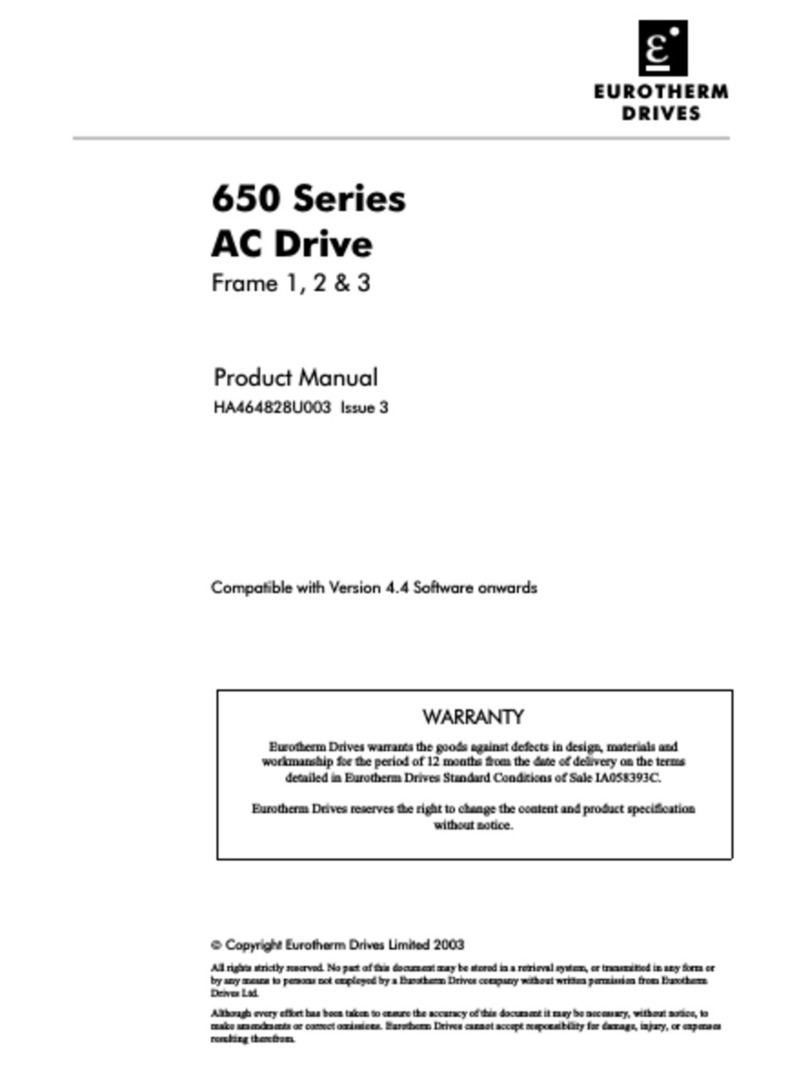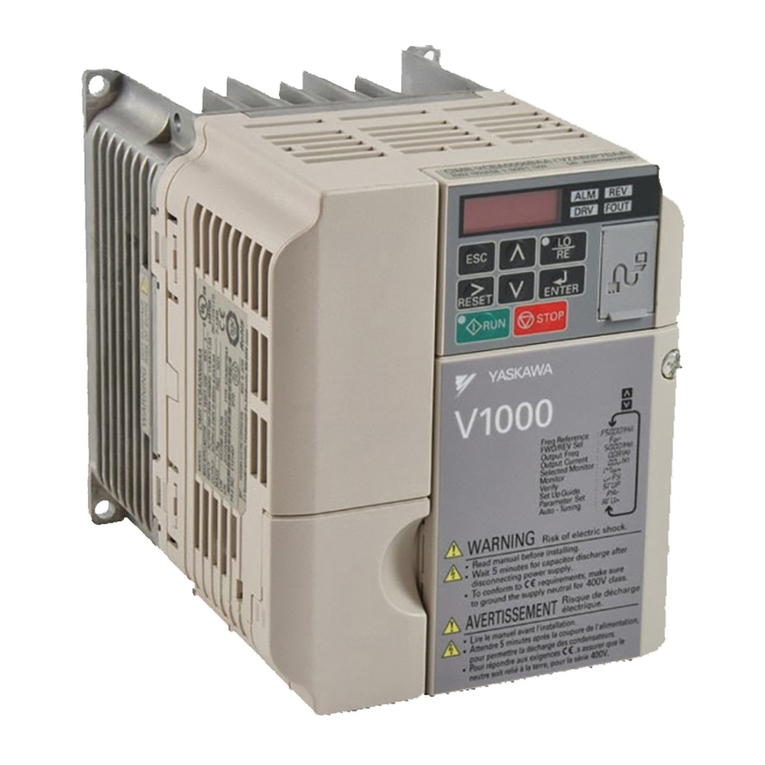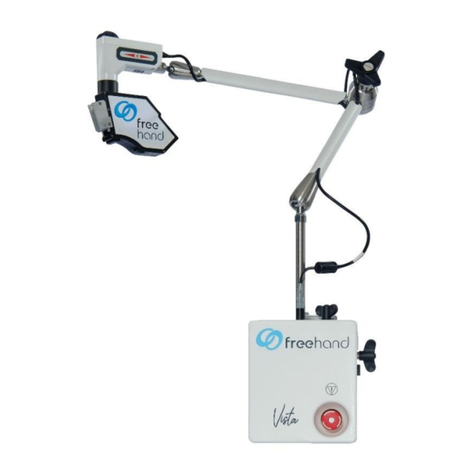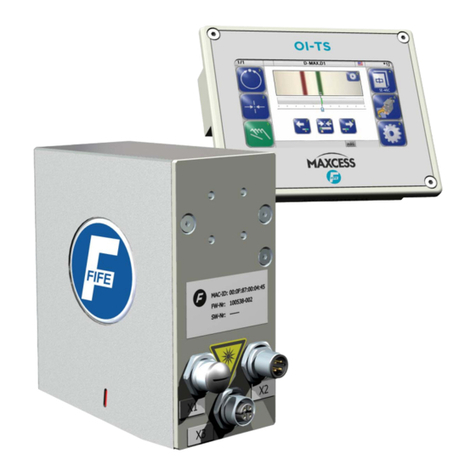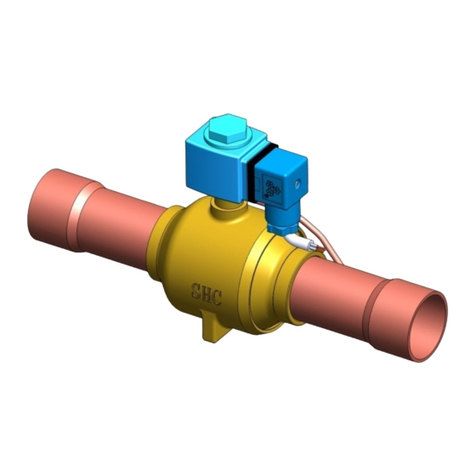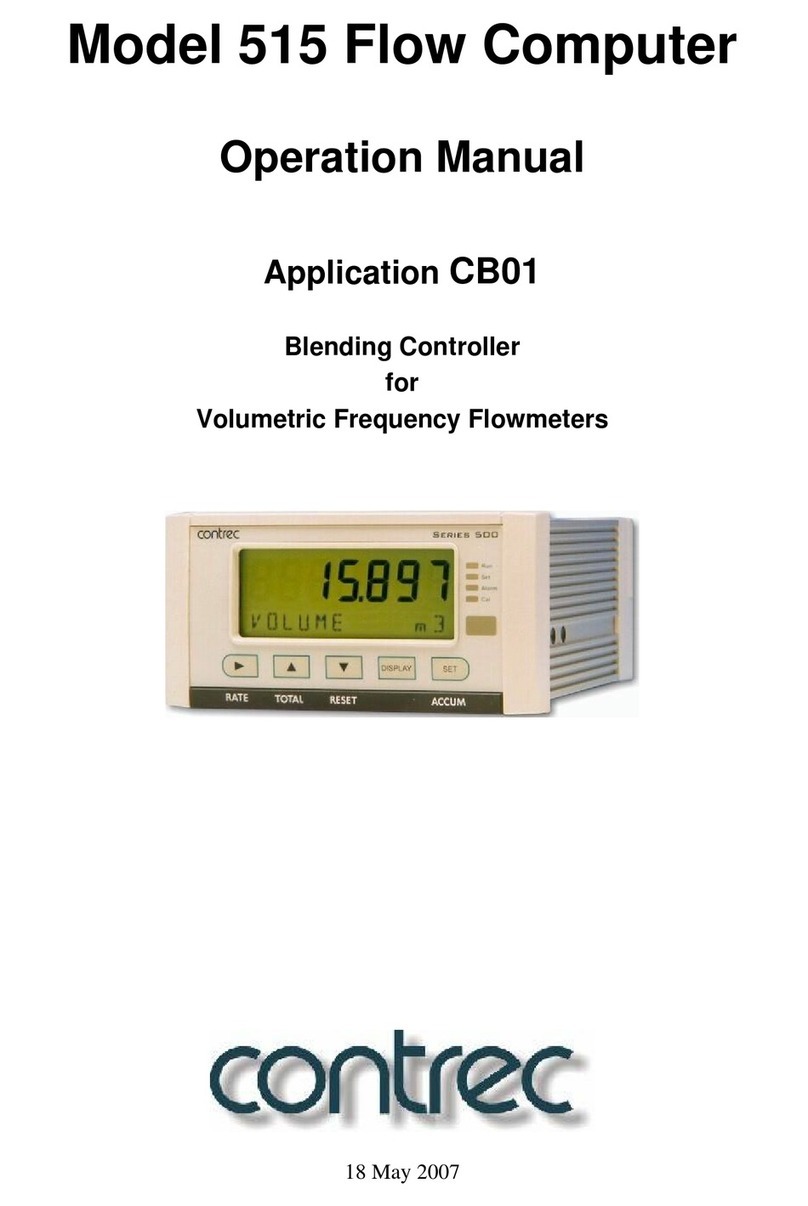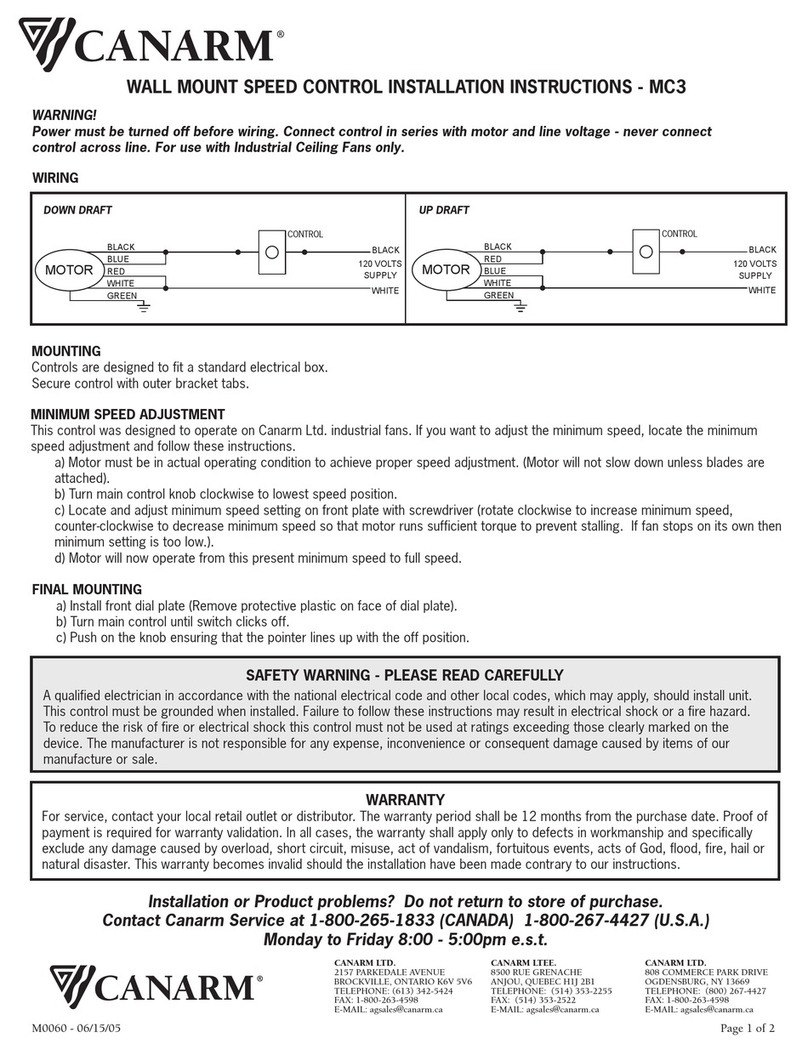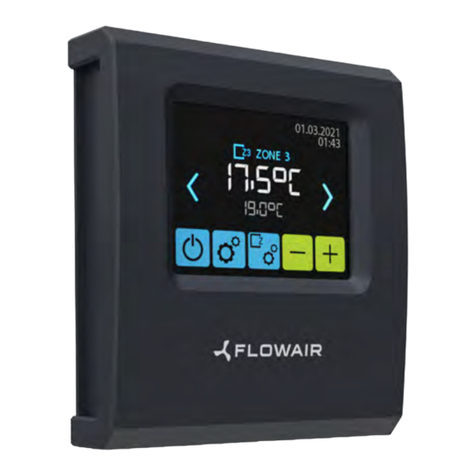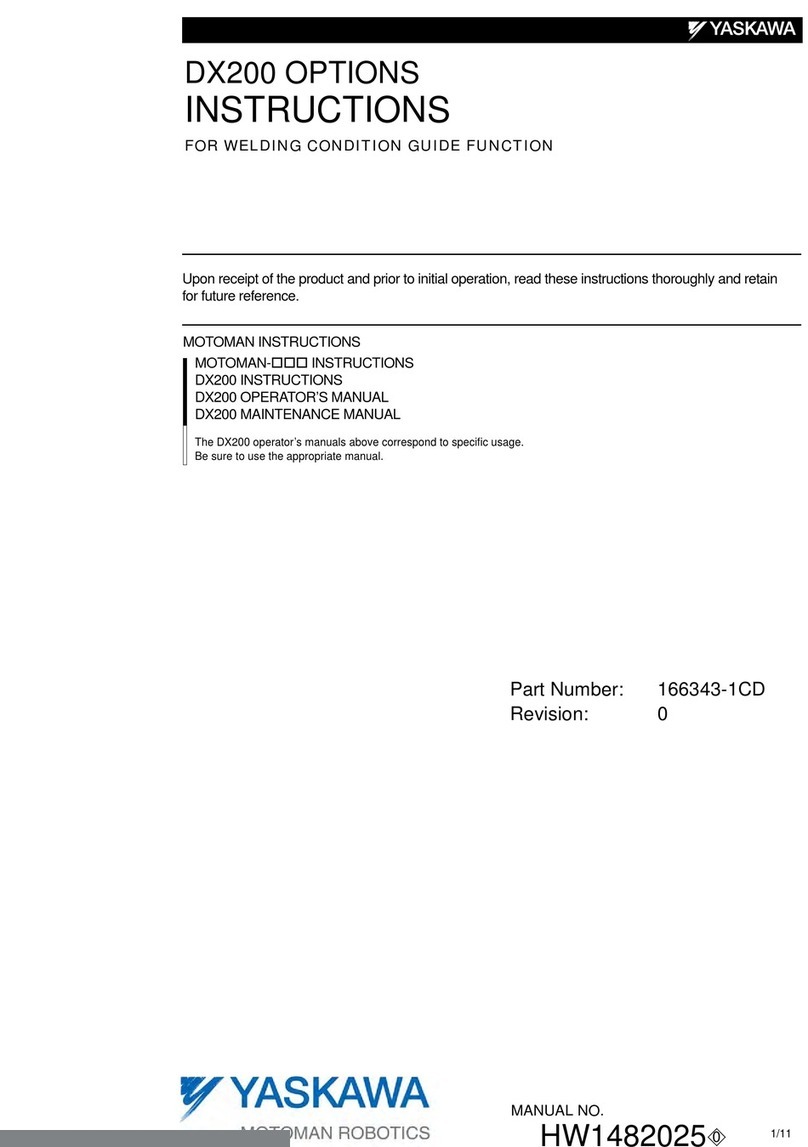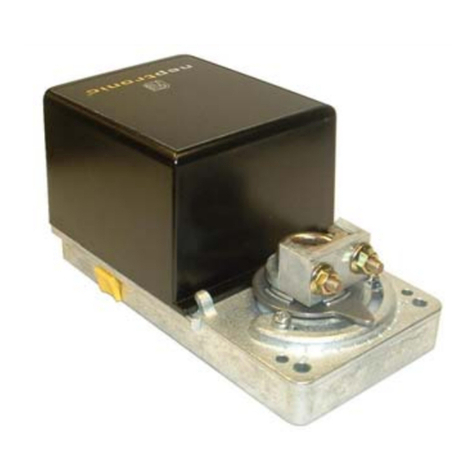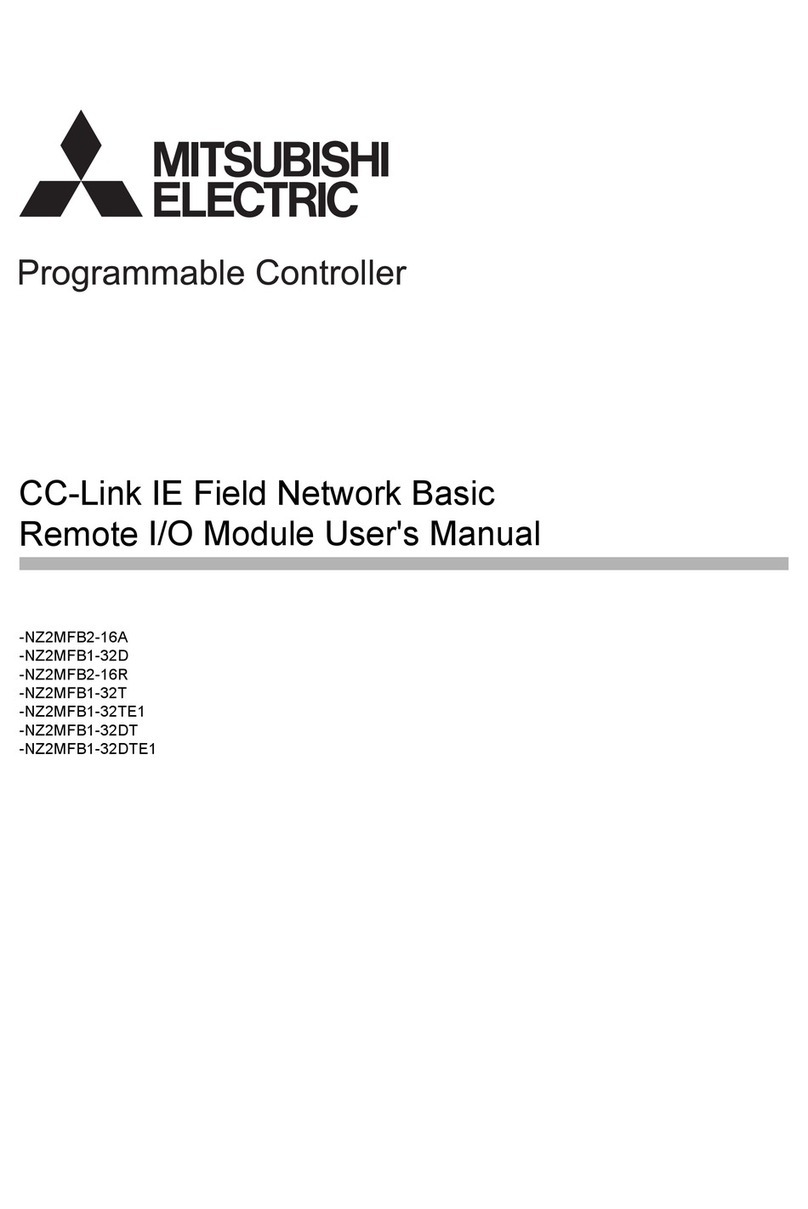bela GLISS User manual

User Manual
A touch controller for
modular synth
GLISS

GLISS
CONTENTS
INTRO 4
HELLO GLISS 7
THE INTERFACE 11
CONTROL 18
Selector 1: Control type 18
Selector 2: Latching 18
RECORD 21
Selector 1: Touch input type 21
Selector 2: Playback 22
SIGNAL 29
Selector 1: Input signal 29
Selector 2: Output mode 29
Selector 3: Envelope decay 30
GLISS

GLISS
CV signal tools 30
Audio signal tools 32
NOTES 35
Selector 1: Play mode 35
Selector 2: Quantisation 36
Selector 3: Variable seing 36
Manual tuning 37
CV input tuning 37
OTHER FUNCTIONS 42
Show us! 46
WARRANTY & COMPLIANCE 47
CHEAT SHEET 49

GLISS
INTRO

GLISS
1 controller, 4 Performance Modes
CONTROL
RECORD
SIGNAL
NOTES
The Menu and other controls

GLISS
About this manual

GLISS
HELLO
GLISS
Technical
specications
Physical features
1
1
1
2
2
3
3
5
5
1
4
4
6
6

GLISS
Touch Strip
The Buon
Control Voltage Input
Control Voltage Outputs
Installation

GLISS
Getting started
Visualise nger position and touch size
CONTROL
Sonify your nger position
Sonify your touch size
The faceplates

GLISS
Swapping faceplates

GLISS
THE
INTERFACE
The 4 Performance Modes
CONTROL
RECORD
SIGNAL
NOTES
The Menu
●
●
●

GLISS
Accessing the Menu
Using the Menu
1. Mode Selector
2. Settings Selectors
3. Voltage Range Selector
The Menu vs Active Mode
1
2
3
THE MENU

GLISS
Some notes on selectors
Discrete selectors
Discrete
Red
Orange
Gold
Green
Blue/white
Continuous selectors
Continuous
Resetting selectors
Conguring voltage ranges

GLISS
Access the voltage range menu
Select a range to customise
Customising the voltage ranges
Use a preset
●
●
●
●
1
2
3
VOLTAGE
RANGE
MENU

GLISS
Set a custom range manually
TIP
Having customisable voltage ranges for each Mode is
really useful for controlling dierent modules. For
example, 0 to +10V or 0 to +5V is most common for
pitch control, but if you’re using Gliss’s output as a
source of modulation an output range of -5V to +5V
might make more sense, so you can, for example,
control pitch bends in both directions around a xed
pitch. You can also think of seing a custom voltage
range as opening a “window” for modulation in- and
outputs. Say you have a sequence of voltages from a
sequencer covering a range of 0 to +10V but you only
want to use the values between +5V and +10V, or
whatever range you need — you can set this window of
useful values with a custom voltage range.
+5V
-5V
+10V
0V

GLISS
Global Settings
1: Touch Sensitivity
2: LED Brightness
1
2
3
4
GLOBAL
SETTINGS

GLISS
3: Toggle Menu Animations
4: Module orientation
Note that when you change orientation everything is automatically inverted.

GLISS
CONTROL
Control signals in real time, with the
touch of a nger
The Settings Selectors
Selector 1: Control type
Single Slider
Dual Slider
Dual Touch
Selector 2: Latching
Unlatched
Mode 1:
Tap to move
to next mode.
Mode
Selector
Selector 2:
Latching
Control type
Selector 1:
Voltage Range
Selector
Hold to customise
voltage ranges.

GLISS
CONTROL
Latched
Latch Position
Creative uses for latching
●
●
On-the-y latching
When you’re using the Dual Slider
control type you’re only using
half the Touch Strip for each
slider. However, this does not
mean your voltage ranges are
halved! You still have the full
voltage range available for each
output, they’re just scaled to t
half the Touch Strip.

GLISS
CONTROL
Input and Outputs
Top Output
Single slider: Position
Dual Slider: Top position
Dual Touch: Top touch size
Buon
On-the-y latching
Input
Trigger messages for
latching
Boom Output
Single slider: Position
Dual Slider: Boom position
Dual Touch: Boom touch size
MinV
MaxV
Unlatched
Time Top Output
Bottom Output
Latched Latch Position
Table of contents
